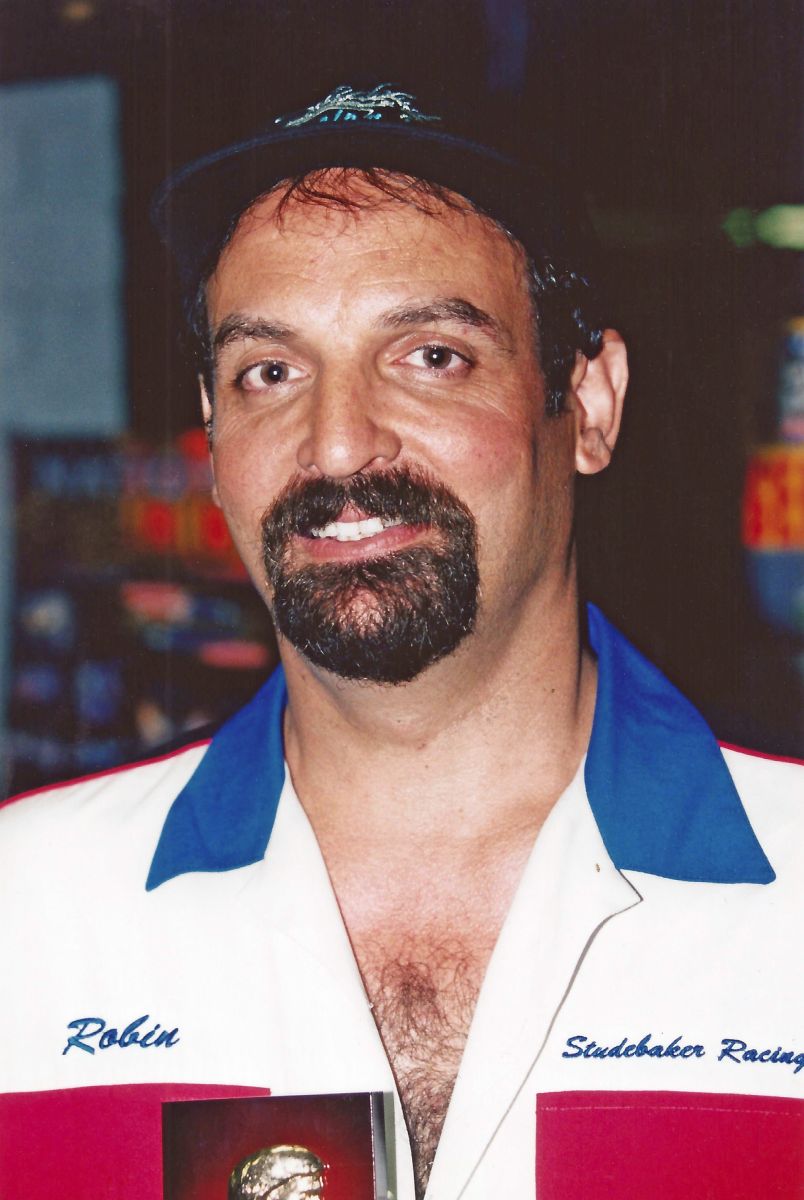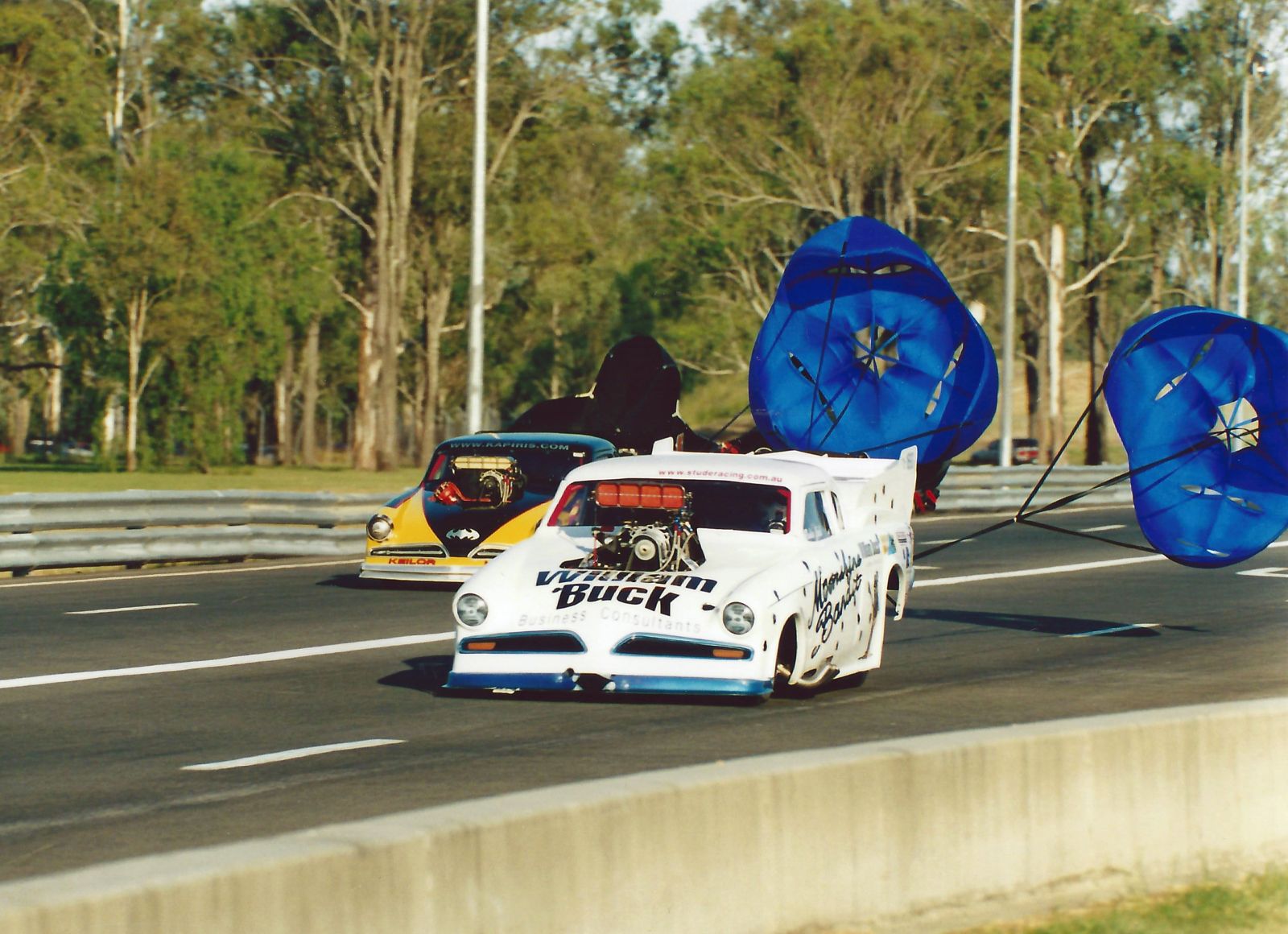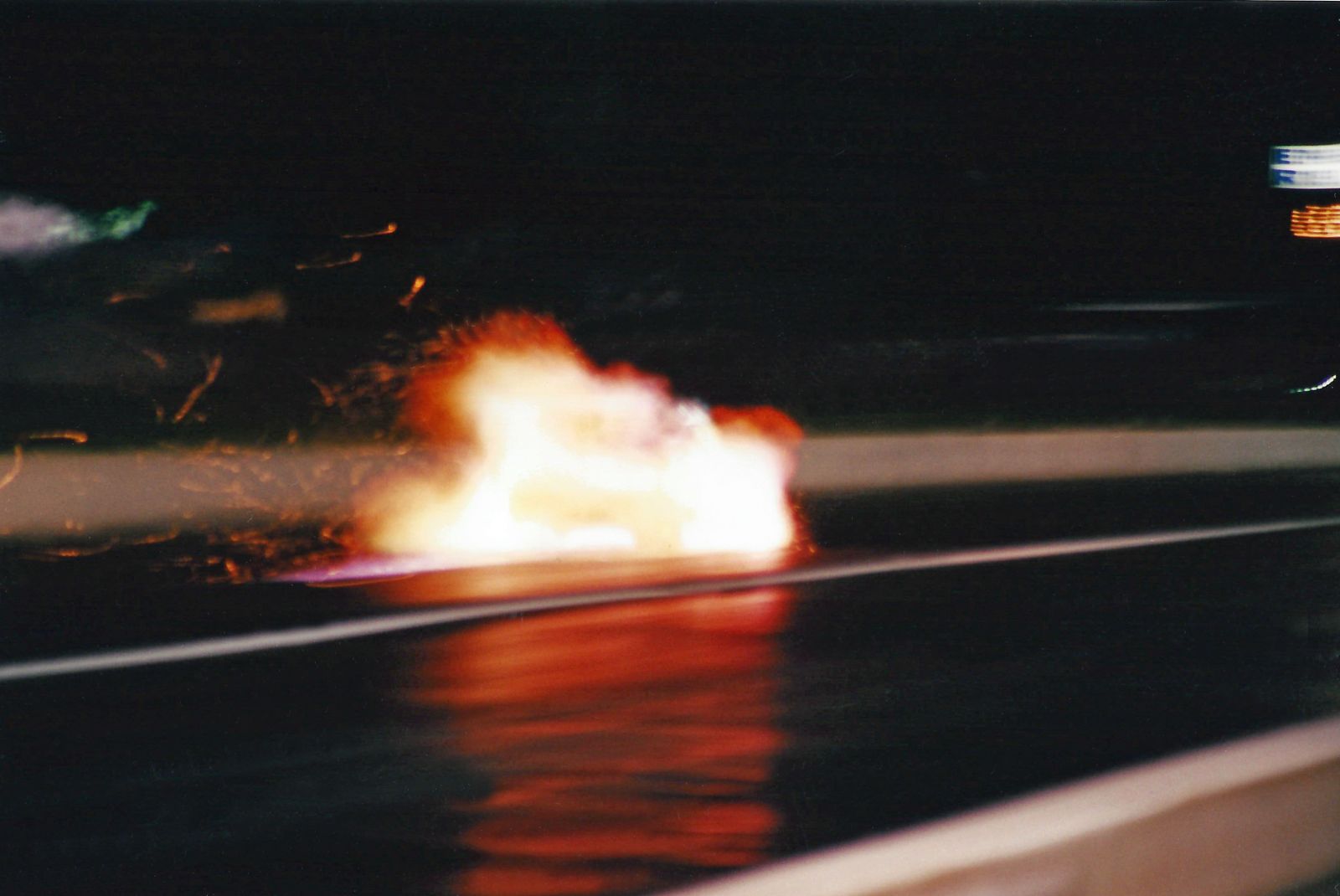
The Team Bray Drag Racing Train Rolls On
As the Top Doorslammer craze took over the world of Group One sedan drag racing, Victor Bray's star rose ever higher in the sky.
2023-06-29 18:00:00

They then acquire the necessary skills to handle the demands of their vehicle and match their current level of activity. This approach follows a logical progression and typically leads to a favourable outcome, bringing competitors to a point where their abilities align harmoniously with the demands of the sport.
This, undoubtedly, has its exceptions. The alternative is a more challenging path, and those who opt for it often find themselves confronted with failure. However, this was not the case for Robin Judd, a business consultant from Perth. Ever since he was a young boy, he had envisioned himself being part of the world of motor racing in some capacity. However, the demands of building a career and starting a family necessitated a certain level of restraint on his aspirations.
Nevertheless, in the early 1990s, he developed a growing fondness for drag racing while frequenting the Ravenswood drag strip located south of Perth. As he reached the age of 40 in 1996, he made the decision that it was finally time to fulfill those desires.
Judd looked around, rejected some lower level pursuits and decided to jump in at the deep end, and with absolutely no background in racing or the intricacies of developing and racing something as potent as a Top Doorslammer he decided that was where he’d go.

Picture: Robin Judd was a corporate business advisor in Perth and brought his years of targeted business planning to the quarter mile.
He purchased the 1953 Studebaker built by Murray Anderson, which had been previously raced by Victorian George Clasby. The car was in near-new condition, boasted exceptional credentials, and proved to be the perfect starting point.
Judd took himself to the US to undergo training at the Frank Hawley Drag Racing School, where he had the opportunity to meet the esteemed US racer Frank Manzo. It was through this encounter that Judd acquired an engine combination from Manzo, which he would continue to use until 2011. Additionally, Judd obtained a fuel system from the legendary US competitor Scotty Cannon. With his newly acquired resources, Judd made his track debut in October 1998.
 Picture: Robin Judd’s Studebaker was only lightly used when he bought it from Victoria in 1998 but proved to be a thoroughly capable race car through a 14-year racing career. The ’53 Studebakers were much admired for their streamlined shape.
Picture: Robin Judd’s Studebaker was only lightly used when he bought it from Victoria in 1998 but proved to be a thoroughly capable race car through a 14-year racing career. The ’53 Studebakers were much admired for their streamlined shape.
It was a steep learning curve with the Studebaker but gradually the rookie driver and team got their head around the task, especially in 2000 when the car ran successive event bests of 6.44 seconds, 6.35, 6.31, 6.24 and then a world record 6.17 at that year’s Winternationals.
Then, they experienced a loss of the combination – a problem that is not uncommon in drag racing, where the line between success and apparent failure can be determined by a tiny adjustment that disrupts the overall performance of the vehicle along its narrow path.
 Picture: In the middle of that ball of fire is Robin Judd’s Studebaker Top Doorslammer at Willowbank in June 2001. The risk of such adrenalin-pumping moments is always present with high power supercharged engines.
Picture: In the middle of that ball of fire is Robin Judd’s Studebaker Top Doorslammer at Willowbank in June 2001. The risk of such adrenalin-pumping moments is always present with high power supercharged engines.
.jpg) Picture: The post-fire mess that was Robin Judd’s Studebaker at the 2001 Winternationals. As bad as this looks the damage was largely cosmetic and the car was back racing several months later.
Picture: The post-fire mess that was Robin Judd’s Studebaker at the 2001 Winternationals. As bad as this looks the damage was largely cosmetic and the car was back racing several months later.
Recognising that he needed a full time crew chief to do the job properly in 2005, Judd turned away from ideas of giving the sport away and double down on his pursuit of being the best. Things began to turn around and by 2007, when respected Alcohol Funny Car racer Stuart Rowland came on board the team’s new best elapsed times of 6.0s were surpassed and by 2008 regular five-second ETs turned to a best of a national record 5.90 seconds and then a lowered national mark of 5.86 seconds.
In the end, the team achieved their best time of 5.76 seconds, in large part due to the intense head-to-head rivalry with the renowned John Zappia, a fellow Doorslammer racer from Perth. Zappia, a ten-time Australian Top Doorslammer champion, emerged victorious over Judd on two occasions, relegating him to a runner-up position in the points-based Australian Championship.
While Judd experienced triumph by winning the Top Doorslammer category at the Nationals in both 2009 and 2010, he found himself as a runner-up in the points race in 2011. Notably, he was the first to achieve a 5.7-second elapsed time, recording a remarkable 5.779 seconds in 2011.
Subsequently, he even surpassed this milestone, reaching his personal best of 5.762 seconds. However, at the apparent peak of his illustrious 14-year racing career, Judd began to acknowledge that he had lost the passion that had been the driving force behind his numerous accomplishments.
Shortly before the 2012 Winternationals, where he would ultimately achieve the position of event runner-up, Judd made a significant announcement: his retirement from drag racing, effective immediately after the conclusion of the race meeting. He attributed this decision to the mounting pressures of his business, competing priorities in his life, and a lack of desire to further elevate his level of commitment.
True to his nature as a corporate business advisor, Judd recognised the path that would lead to the most favourable personal outcome, even if it meant the sport would suffer a loss as a result.